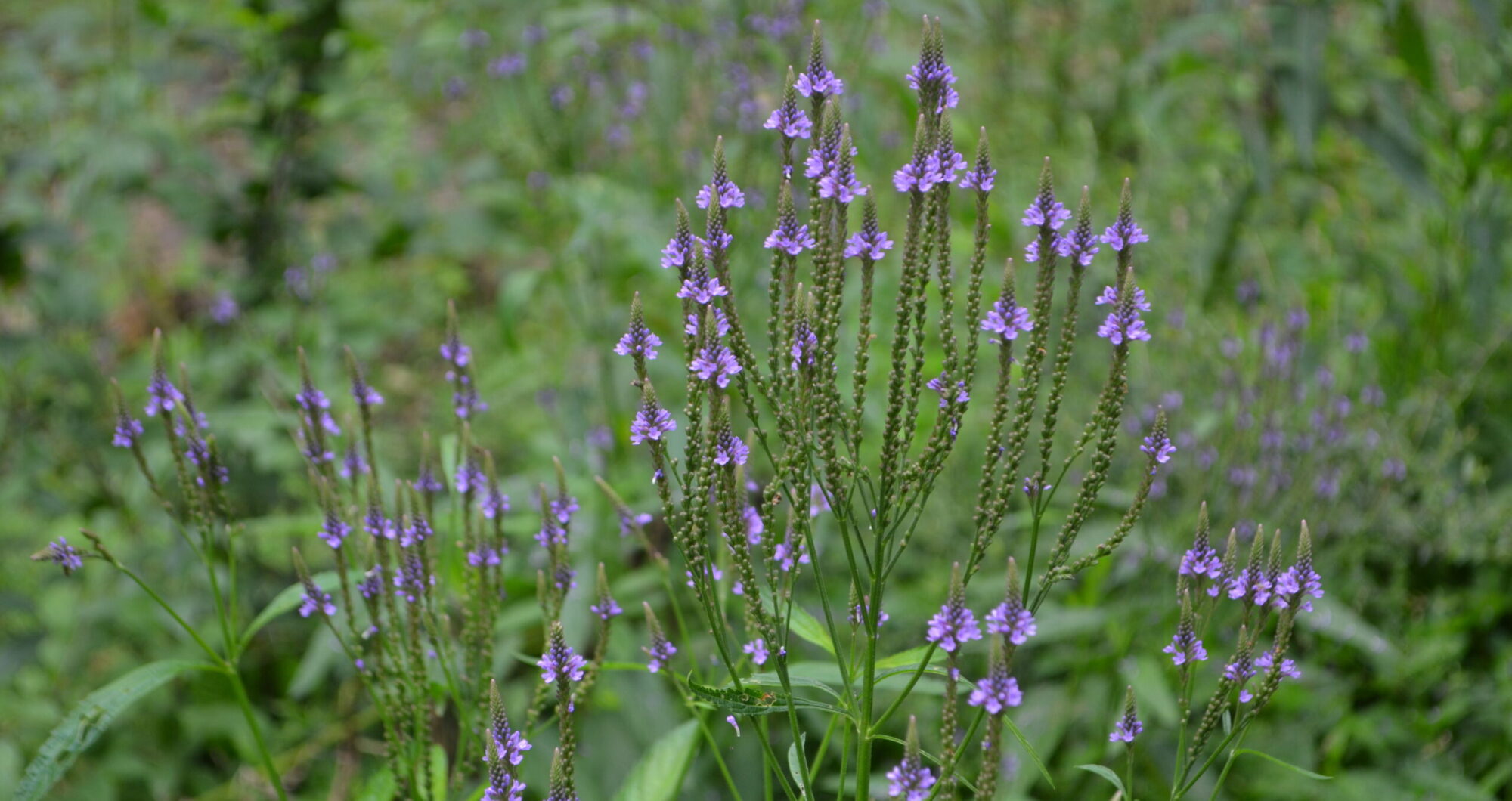I love it when I get the Land Stewardship Projects newsletter in the mail. It encourages me to slow down, relax and remind myself why I am farming. This issue had a very interesting article about the Dust Bowl of the 1930s. Few people are alive who remember living through it, most were children at the time and hopefully shielded by the adults in their life of the worst horrors. Dana Jackson said in the article that the Dust Bowl which resulted from extensive tilling of native shortgrass prairie and natural drought caused the worst, “man made environmental disaster in history.”Just to give you a hint of how bad it was here are some pictures courtesy of a PBS documentary and Farm Service Agency workers.

Yes this is in the U.S. I believe this one is the Texas panhandle. Just a few short years before this was productive farm land.

Car trying to escapt a dust storm.

Abandoned farm (for these and more pictures of the dust bowl go here). This is what the dust bowl has to do with CSAs. Let me be clear no farmer intentially harms their land, but all farmers depend on their land to make money. Sometimes with fluctuating market prices, national policies that can do more harm then good and personal issues farmers gamble. During the dust bowl farmers gambled on rain that didn’t come. In this age of extreme weather gambling is dangerous. Just last year we were declared a disaster zone for heavy rains followed by drought.
Many farmers we know are gambling again. Giving up hay production (required for animal feed) for less labor intensive crops like corn and soybeans. Finding affordable hay will be much more difficult unless you have the land to produce it. But this isn’t about hay, it is about what communities can do to support their local agriculture and hence economy and environment.
I got an email this week saying that the Living Green Expo was not going to happen this year because it was no longer financially sustainable. We have presented at this Expo and so have an inside on info. The email said that awareness of environmental issues has increased many fold in the past couple years and thanked the community for its support. It was a pretty sad email actually.
See on the surface the community is more aware of environmental issues but sometimes financial support still falls short. When we tell people we are farmers and that we have made the decision to leave our urban home and actually pursue this lifestyle we often get sympathizing looks, like “you poor idealistic fools.” Farming doesn’t have a reputation as being secure, let alone sustainable.
But the good news is that local foods is gaining alot of popularity and maybe a happy undertone to the email about the Living Green was that perhaps it wasn’t needed as much anymore. More and more families are aware of the issues surrounding the environment, local foods and local economies. One great way to support local food is through a CSA membership. For us our members are the key to sustainability. For example we have friends that sell at the St. Paul farmers market–the big one. They have to pay over $900 a year just to be members. Then each day they sell requires an additional fee. They have told me candidly that a really good day would bring in $400 in sales but sometimes (often actually) it is closer to $100-$200. This barely covers their time prepping and attending the market let alone the months of field management and growing. They really depend on the farmer’s market to drum up interest in their CSA, not for profit per se.
As the number of farms grow that is good for local food, local communities and the state of Minnesota, and it gives you options. But one option that I personally feel is the best way to support local foods is through CSAs. This ensures that you get a wonderful variety of high quality vegetables (some you may never have thought of trying) and the farmers get security in knowing that they are not wasting mountains of food (and effort and money) not knowing what will sell and what won’t. Also it makes certain that another small piece of Minnesota and the U.S. remains devoted to sustainable agriculture. Thank-you for your support. For more information on our CSA go here.



